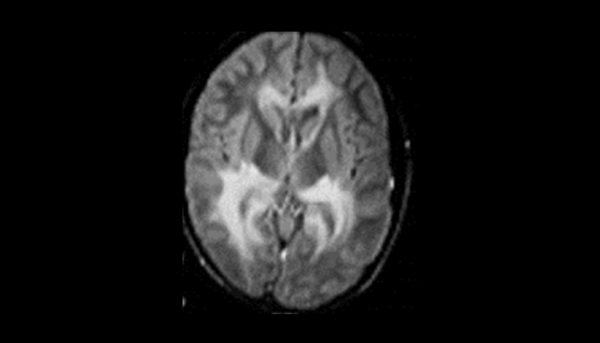

Bicuspid aortic valve disease, the most common congenital cardiovascular malformation, leads to an increased risk of aortic aneurysms. In extreme cases, congenital aortic valve stenosis can result in secondary failure of left heart growth, resulting in hypoplastic left heart syndrome. Aortic valve disease includes aortic valve stenosis (narrowing of the aortic valve opening causing obstruction of flow) and aortic valve regurgitation (a leakage of the valve backward, into the left ventricle). Further studies, including FISH deletion analysis and uniparental disomy studies (which require parental blood samples), are available and recommended following a positive methylation test result.Īortic valve disease is the most common form of valvular heart disease. Karyotyping parents of an affected child and methylation studies of a fetus are available for prenatal diagnosis. Molecular genetic testing for Angelman syndrome is recommended for the confirmation of a diagnosis in a patient with or without a family history of the condition. The remaining 10% of individuals with classic phenotypic features of Angelman syndrome have a presently unidentified genetic mechanism and thus are not amenable to diagnostic testing. Thus, molecular genetic testing (methylation analysis and UBE3A sequence analysis) identifies alterations in approximately 90% of affected individuals. In addition, our laboratory offers sequencing of all coding exons (exons 1-12) of the UBE3A gene which detects an additional 11% of individuals with a negative methylation result. Approximately 78% of Angelman syndrome cases are detectable using this assay. Our laboratory offers methylation-sensitive MLPA which detects deletions of the maternal chromosome 15, uniparental disomy of the paternal chromosome 15, and imprinting defects.

Angelman syndrome is caused by a deletion or disruption of the maternal chromosome 15q11-q13 gene region. Microcephaly and seizures are also common. MODE OF INHERITANCE: deletion uniparental disomy imprinting defects UBE3A mutationsĪngelman syndrome is characterized by severe developmental delay or intellectual disability, severe speech impairment, gait ataxia, and unique behavior that includes frequent laughing, smiling, and excitability. GENE: UBE3A (ubiquitin protein ligase E3A) Prenatal testing is available when a variant is known in the family. This assay may be ordered alone or as part of the X-linked Intellectual Disability (XLID) panel. This analysis detects up to 95% of pathogenic variants in individuals with a clinical diagnosis of ATRX syndrome. Our laboratory offers DNA sequencing of all coding exons (exons 1-35) as well as MLPA analysis of exons 1-35 for the detection of whole-exon or whole-gene deletions within the ATRX gene. GENE: ATRX (transcriptional regulator ATRX)Īlpha-thalassemia X-linked intellectual disability (ATRX) syndrome is characterized by distinctive craniofacial features, genital anomalies, and severe developmental delays with hypotonia and intellectual disability. AML PANEL (FLT3 D835 MUTATION & NPM1 EXON 12)ĪLPHA-THALASSEMIA INTELLECTUAL DISABILITY SYNDROME (Chudley-Lowry Syndrome, XLMR-Hypotonic Facies Syndrome, Smith-Fineman-Myers MR Syndrome) In addition, somatic mutations have been described in the NPM1 gene. Somatic mutations in chromosomally normal AML have been identified and include mutations of the tyrosine kinase domain (TKD) of the FLT3 gene. Chromosome analysis at the time of diagnosis provides the most important prognostic information in adults with AML, but 40-50% of patients do not have clonal chromosomal aberrations. Approximately 45-60% of patients with chromosomally normal AML carry NPM1 gene variants.Īcute myeloid leukemia (AML) is the most common childhood malignancy, however AML is generally an adult-onset condition with an average age of diagnosis of 67 years. INCIDENCE: D835 mutations within the activation loop of the second tyrosin kinase domain (TKD) of FLT3 (FLT3-TKD) occur in 5%-14% of patients. REGIONS ANALYZED: D835 within FLT3 and NPM1 exon 12 sequencing GENES: FLT3 (fms-related tyrosine kinase 3) NPM1 (nucleophosmin family, member 1)ĬHROMOSOMAL LOCATION: 13q12 (FLT3) 5q35 (NPM1)


 0 kommentar(er)
0 kommentar(er)
